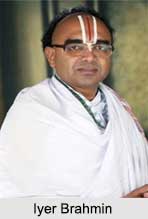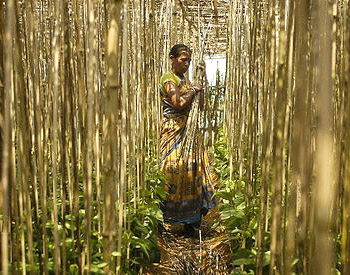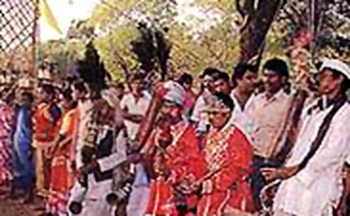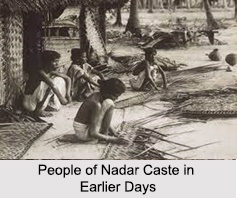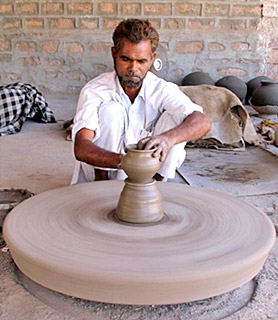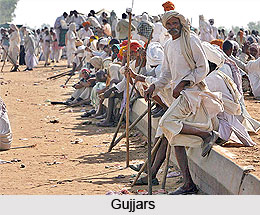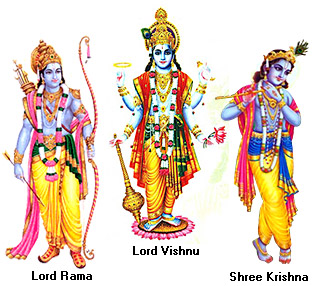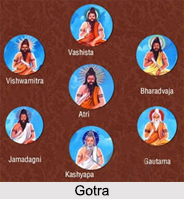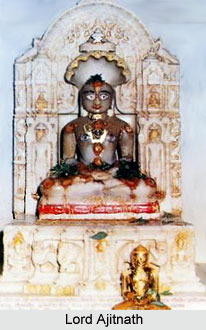 Shri Vav Teerth located in Gujarat is a Jain pilgrimage centre. The teerthy kshetra is located in the centre of the village Vav. Tharad is at a distance of 12 Km from here. The temple is dedicated to Lord Ajitnath, the second Jain Tirthankara.
Shri Vav Teerth located in Gujarat is a Jain pilgrimage centre. The teerthy kshetra is located in the centre of the village Vav. Tharad is at a distance of 12 Km from here. The temple is dedicated to Lord Ajitnath, the second Jain Tirthankara.
History of Shri Vav Teerth
According to history Shri Vav Teerth dates back to the ancient times. It is believed that this teerth belong to the thirteenth century. King Vajaji, the son of King Punjaji got a large and deep Vav (Stepped well) built on this place and later built a city and named it Vav. He also declared this kshtra as his capital. As per the story the idol of this temple was earlier located in the town of Tharad which is 12 kilometers away. In order to save this valuable idol from attacks of the Ala-ud-din Khilji of the Khiliji Dynasty, Shravakas brought the idol to Vav here and reinstalled it in temple. The idol of Lord Ajitnath is believed to possess miraculous powers. Devotees from far off places visit the temple to offer their prayers. It is believed that if prayed with all devotion the Lord fulfils the wishes of the pilgrims.
Temple of Shri Vav Teerth
The temple of Shri Vav Teerth houses the idol of Lord Ajitnath. The Swetambara temple has been magnificently decorated with intricate artistic designs. The creative temple work boast about the skills of the craftsmen. The idol of the Lord is 85 cm in height and is made of five metals i.e. Panch Dhatu. It is seated in a padmasana posture. The idol has been beautifully carved and looks very appealing. The smiling face of the Lord looks very calm and serene. Apart from this there is a splendid temple Godiji Parshvanatha.
The Temple of Shri Vav Teerth organises many annual gatherings and functions. There are provisions for dharamshalas or rest houses for the pilgrims. These are well equipped with all modern facilities. Apart from this there are Upashrays, an Ayambilshala and a Jnanabhandar. The temple is enclosed by scenic beauty that mesmerizes and fascinates the pilgrims. The calm and tranquil environment and the surrounding greenery make it a suitable place for religious activities. The kshetra is well connected to road, rail and air. Taxi services and bus services are easily available here. The nearest bus stop is located at Thard at a distance of 12 kilometres. The nearest railway station is situated at Deesa at a distance of 70 kilometres. The closest airport is located at Ahmedabad.










